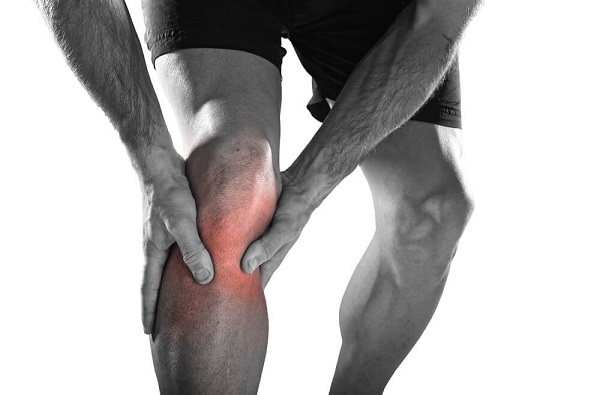
How to Run (advice on training programs for runners)
It is possible that you need advice on how to run. Advice on the technique for running. But it is not likely. Most people can run with acceptable technique, and most people will become more skilled in the act of running with practice as their bodies will naturally seek efficiency. There are some easy things you can implement such as having a slight forward lean, but for the recreational runner, I think that it is more important that you learn how to PROGRAM your running sessions in a way that will allow you to remain injury free and thus be able to RUN MORE over time.
The most common injuries experienced by runner include…
Overuse Injury
With exception of ankle sprain you’ll notice that these injuries are all overuse injuries. Overuse injuries occur when the demand on the tissue is greater than the tissues threshold for work. They are all painful. And they will all stop you from running. The longer you try to put up with them, the worse they will become.
How to prevent Injury
If you are looking to start running. And you haven’t even been walking. Start with walking. Here’s a fun fact: the force through your knees walking across flat ground is 1.5 times body weight, the force is 2-3 times body weight going up and down stairs, running is between 3-8 times your body weight depending on technique and terrain. So, if you are a 70 kg person the weight through your knees can be as high as 560 kg with every step you take. And you take thousands when running, so you are looking at least 560 000 kg of accumulated volume through the knees on a single run! This is a lot.
Running requires a level of fitness and strength that you don’t have, because you haven’t been training. Start by walking 3-4 days a week for 30-60 minutes. At this point it would be a smart move to start some strength training 2-3 days a week. Include things like glute bridges, side planks, calf raises, and step ups or lunges.
After 2-3 weeks of this, start to include a small jog into your walk. 30 secs jog followed by 1 minute of walking, repeated for 20-30 mins. From here you just need to increase your jogging to walking ratio over time. E.g. 1 min jog: 1min walk, then 2 min jog: 1 min walk, 5 min jog, 1 min walk etc. Then you’ll begin to continuously run. First for 10 mins, then 15, then 20min. Now you are running (and you aren’t injured).
The 10% Rule
From here you can increase your running! I would suggest by around 10% total distance per week. This is an easy number to calculate, simply add the kilometers of running in a given week and make sure this number increases by around 10% each week. E.g. 30 km becomes 33 km.
For example, if you are running 3 km currently 3 times a week for a total of 9 km. You would not simply add a 4th day of running 3 km, to make it 12 km. You may instead drop to 2.5 km runs 4 times a week, to make 10 km total. And then increase your distance on those days over time.
The same is true of intensity, if you are running on flat ground, and you suddenly switch every run onto hills without shortening the distance, you will develop a problem. The reason we use a percentage rather than a distance increment is that advanced runner will be able to tolerate a great distance increase in a shorter time. I.e. Someone running 100km a week, can easily handle an increase of 1km (1%) but someone running 4km will struggle to increase by 1 km (25%).
The take home message
Give your bones and your tissues time to adapt, give them a training load that is only ever slightly larger than the week before.
If you go from a couch potato, to running 5 km 5 days a week, you will be in pain and you will be forced to stop. Sometimes we feel we can push through pain and that makes us feel good and brave. And in some situations, this is correct. But for runners, its about playing the long game. The longer you play, the better you’ll be. If you want more advice or specific programming come and see an Exercise Physiologist at Hunter Rehabilitation and Health. We can cater from beginner runners, to advanced programming for seasoned veterans. If you are an avid runner and you are dealing with pain, we can help get you out of pain and back on the trails. Get it sorted before it becomes a bigger problem.
Book online with our running expert Jonathon Freund